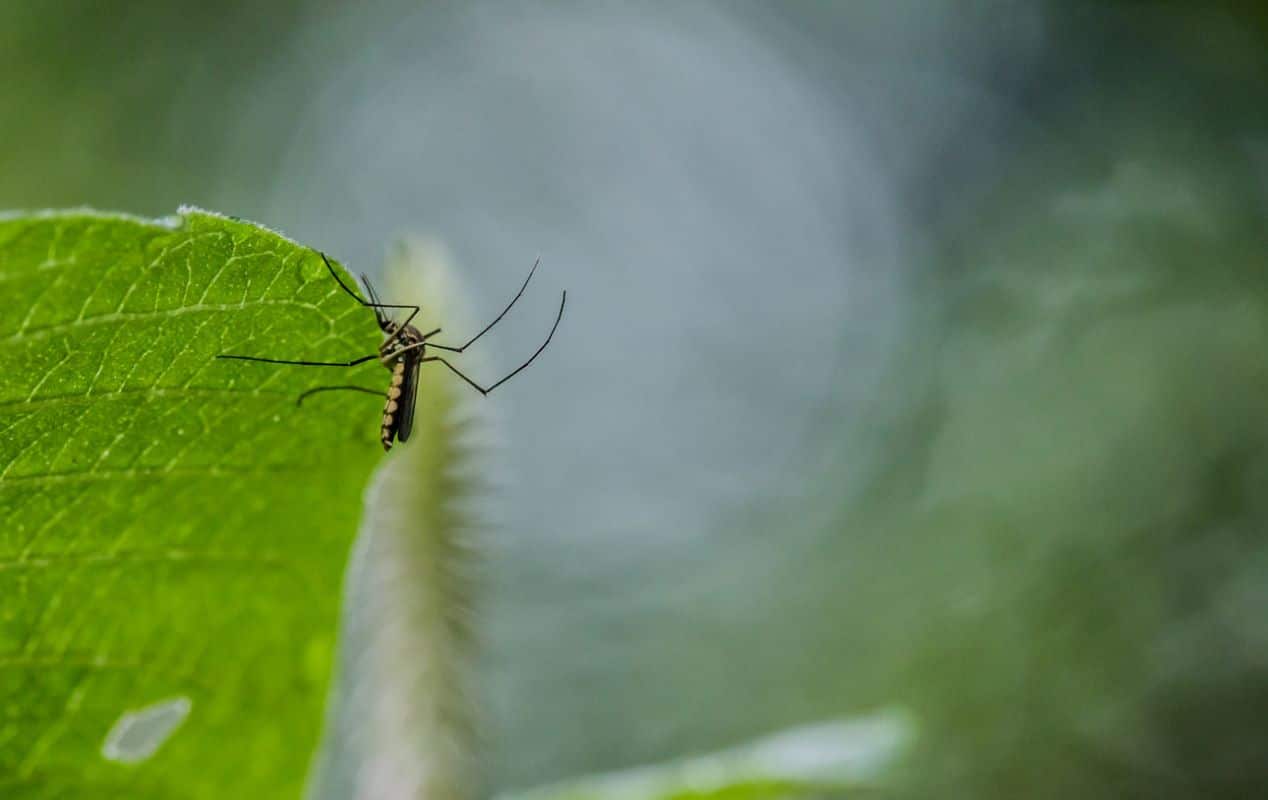
Weed or miracle plant?
The plantain belongs to the genus Plantago which is a genus of herbaceous plants bringing together nearly 200 species of plantain, some of which are characterized by round leaves, such as Plantago major or large plantain, and others by lanceolate leaves, such as Plantago lanceolata or lanceolate plantain, that is to say in the shape of a spearhead.
If you are used to taking paths during your walks, you have undoubtedly trodden on round-leaved plantains, while lanceolate-leaved plantains tend to grow in meadows. Whatever it is, whether it has round or lanceolate leaves, plantain is often considered a weed, although it is a plant with many medicinal properties, including that of relieving itching, and that its leaves are edible. They are characterized by a slight mushroom taste.
Know how to recognize the lanceolate plantain
Here is what characterizes this perennial plant:
- It measures between 15 and 50 cm high in the form of a compact tuft at the base.
- The lanceolate, erect leaves are arranged in a rosette, with no apparent stem.
- The leaves are recognizable by their parallel veins which are extra thick on the back of the leaf.
- The flowers look like small cylindrical spikes of varying length. These small spikes grow on stems that emerge from the rosette of leaves. They are made up of a multitude of tiny brown petals and white stamens.
The properties of plantain
Beyond being a plant whose leaves and inflorescences you can eat in salads and whose seeds you can use to thicken your soups, the lanceolate plantain is a plant which has many medicinal properties, including:
- antispasmodic and mucolytic properties : thus, it acts as an expectorant and can be used for sore throat, dry cough, etc. ;
- antihistamine properties : it can thus be used against hay fever;
- antiseptic properties ;
- anti-inflammatory properties ;
- healing properties ;
- etc.
But it is especially on the skin that plantain works miracles, because it softens and calms itching, whether due to insect or nettle stings, allergies, etc., and helps to the healing of small injuries, such as scratches.
Where to find plantain?
To benefit from its properties, you must, of course, find plantain. But that shouldn’t be a problem. He may simply have invited himself into your garden. If that is the case, stop considering it a weed and let it grow for this purpose. But you may also need it when you are out walking if an insect has bitten you, if brambles have scratched you, etc.
In this case, look around you: on the path, on the embankments, in the meadows, etc... Otherwise, in your first aid kit, consider adding a can of plantain balm. You can buy it or make it yourself.
How to use it on a sting?
If you’ve been bitten and have plantain nearby, it’s possible to soothe the itching quickly and easily. To do this :
- Pick a few plantain leaves.
- Crumple them and squeeze them between your fingers to squeeze out the juice and create a sort of small poultice.
- Apply this poultice to your bites without rubbing.
- If the itching persists, you can reapply every 15 minutes until it has subsided.
In the case of a scratch, proceed in the same way. Plantain will stop bleeding and promote healing.
Other plants that can relieve stings
Although plantain is very effective in relieving itching, you may not find it when you need it. Don’t worry, you can turn to other plants that will have the same effect. Here are some ideas:
- You can also use mint, parsley or dandelion. To relieve the itching, simply rub the bite with a leaf. You can repeat this operation as many times as necessary.
- If you have some, lavender essential oil can also be effective.
- Finally, a last solution consists of take aloe vera gel by cutting a leaf. Simply apply it to the area to be relieved.

